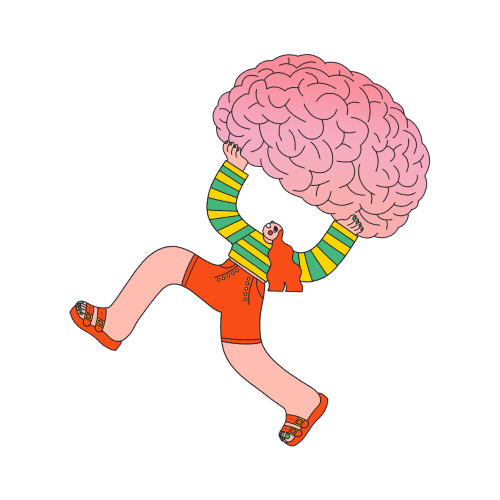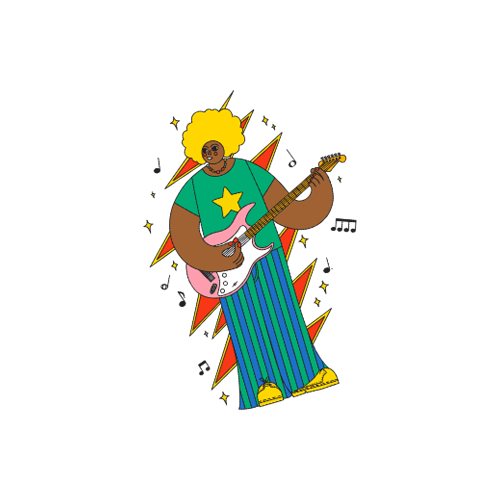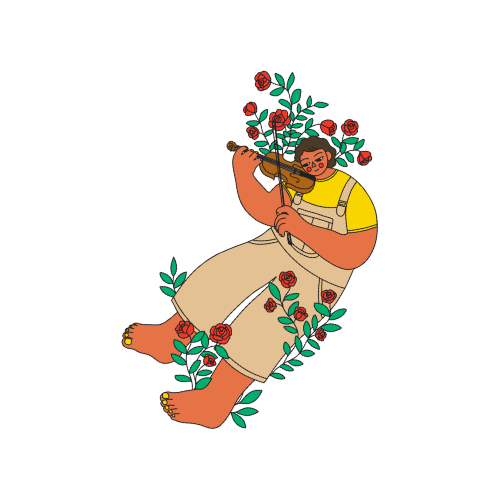Plug In
Self-meditate with music
Self-meditate With Music – Self-meditate With Music – Self-meditate With Music – Self-meditate
Self-meditate with music
Does your brother’s rap-on-repeat make you want to scratch your eyes out? Do your sister’s pop tunes make you want to run screaming? Or maybe your parents’ experimental jazz has you experiencing that chilling nails on a chalkboard feel?
Yeah, other people’s music can be really grating – hard on your ears and on your mood. But here’s the thing: your brother, your sister, your parents all listen to music for the same reason you do: because of how it makes them feel. One person’s R&B is another’s indie. One person’s classical is another’s classic rock. We know that music can change your mood and we know that it can up your dopamine. But your FAVOURITE music—songs that are really familiar to you, that you associate with memories, that grab you emotionally–is even more powerful. Not only does it release an even higher dose of dopamine (especially when the chorus gives you the chills), it can help you:
- Feel less tense or nervous in a threatening situation
- Cope better with both emotional and physical pain
- Feel more in control in an unfamiliar situation
- Normalize a whole bunch of emotions, like sadness, stress, and upset.
The more engaged you are with a song, the more therapeutic it is. And get this: music doesn’t just affect one small bit of your brain — It lights up nearly every part! That’s pretty impressive for what really amounts to vibrating air. The best part about turning to the music you love: you already, instinctively know which songs you need to listen to and when. So go on, pop in your earbuds and let your music help you.
How to make your own mental health playlist
& How to make your own mental health playlist – How to make your own mental health playlist
How to make your own mental health playlist
STEP 1
Pick your favourite song
Drop all of your favourites into a temporary playlist and listen to them. Keep a running list of how they make you feel emotionally and physically.
STEP 2
Delete the “wrong” ones
There are no bad songs in your collection, but you don’t want songs that are going to make you feel worse. Keep the ones that match your mood — sad, angry, whatever – and that change your mood for the better.
STEP 3
Create individual playlists
Not all your favourite songs from Step 1 are going to affect your mood or moods the same way, so create a couple of playlists like, “chill out” for stressed days and “no more misery” for sad times. (We’ll leave the names up to you.)
STEP 4
Add the right songs
Divide your playlists by mood and desire. So if you’re doing “no more misery,” start with your sad songs, then build up the happiness factor, ending with the one that always makes you smile.
*If you have a diagnosed mental health issue, you should first consult with your mental health professionals before creating your initial playlist. Anyone using a playlist for their mental health should be prepared to reach out for support.
Try this at home
Fill a sink with freezing-cold water and ice. Stick your hand in the water.

Time how long you can keep your hand in the water.

Repeat steps 1-3, BUT NOW play your favourite music at the same time.





So, were you able to keep your hand in longer with your favourite music or without? We’re guessing with.
The reason (besides being scientifically proven): your favourite music helps you tolerate pain much longer and helps you feel more in control of the pain than when listening to something you despise or to nothing at all.
That decrease in pain perception and anxiety is just one of the reasons why hospitals allow patients to listen to their own music during procedures, when circumstances allow.




